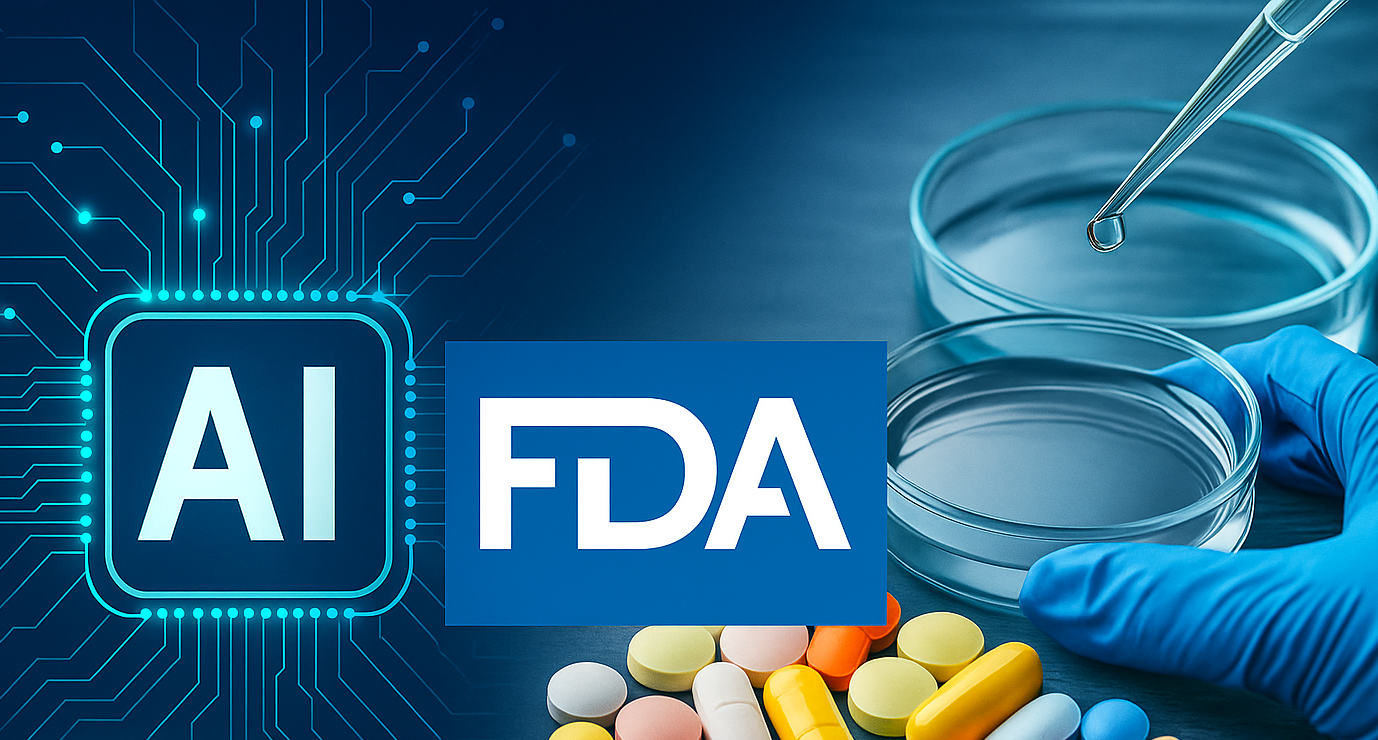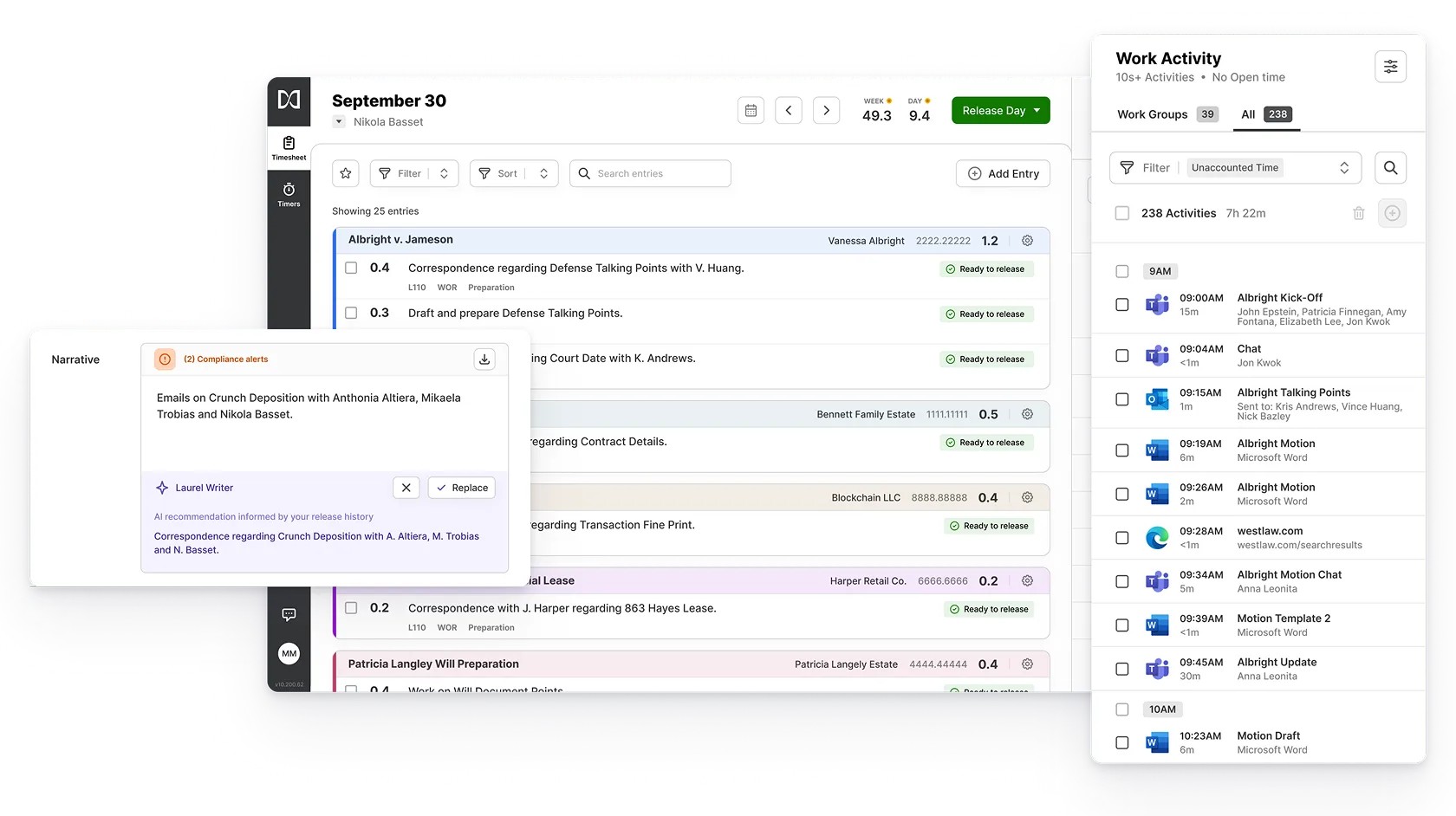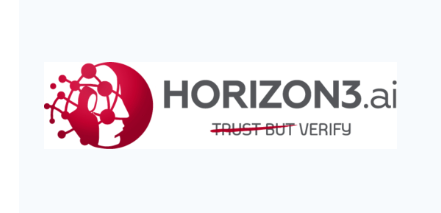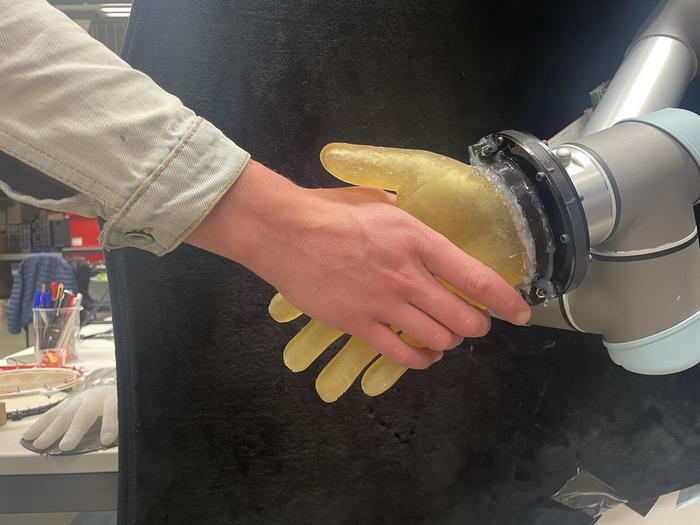Insider Brief
- The U.S. Food and Drug Administration (FDA) has launched Elsa, a generative AI tool designed to streamline internal operations and assist staff with reading, summarizing, writing, and coding tasks.
- Deployed ahead of schedule and under budget, Elsa was developed within a secure GovCloud environment and does not train on proprietary industry data, instead leveraging internal agency documents.
- Elsa is already helping accelerate clinical protocol reviews, scientific evaluations, and inspection targeting, with future plans for expanded use cases across the FDA’s regulatory workflows.
The U.S. Food and Drug Administration has launched a new generative AI tool called Elsa, aiming to streamline internal workflows and boost efficiency across its workforce.
“Today marks the dawn of the AI era at the FDA with the release of Elsa, AI is no longer a distant promise but a dynamic force enhancing and optimizing the performance and potential of every employee,” said FDA Chief AI Officer Jeremy Walsh in a statement. “As we learn how employees are using the tool, our development team will be able to add capabilities and grow with the needs of employees and the agency.”
Elsa is designed to assist FDA staff with reading, summarizing, writing, and coding tasks, enabling faster processing of regulatory documents, inspection targets, and clinical evaluations. It was launched ahead of schedule and under budget following a pilot program with scientific reviewers, according to the FDA. Commissioner Marty Makary had previously set a June 30 deadline for the agency-wide rollout, which the agency met weeks in advance with the launch at the beginning of this month.
Built within a secure GovCloud environment, Elsa does not train on data submitted by regulated industries, protecting proprietary research and sensitive submissions. Instead, the tool is trained on internal FDA documents, making it suitable for tasks such as adverse event summarization and label comparison.
The FDA says Elsa is already being used to accelerate clinical protocol reviews, reduce the time needed for scientific evaluations, and prioritize facility inspections. Over time, the tool is expected to expand its utility to other departments and workflows within the agency. The agency views Elsa not only as a tool for automation but also as a platform for future development as more use cases and capabilities emerge.
The development of Elsa involved cross-center collaboration, demonstrating a coordinated push to integrate modern AI capabilities into traditional regulatory structures. The FDA’s Chief AI Officer, Jeremy Walsh, noted the agency will continue to adapt Elsa based on employee usage and feedback, ensuring the platform evolves in step with operational needs.
According to the FDA, Elsa will:
- Summarize adverse events to aid in safety assessments
- Perform rapid comparisons of drug labels
- Generate code for building nonclinical databases
- Support review of clinical trial protocols
This launch signals a broader transformation at the FDA, which is gradually incorporating AI into its operations. Elsa serves as the foundation for what the agency terms its “AI journey,” with further plans to integrate AI into data processing, nonclinical database development, and real-time decision-making tools.






